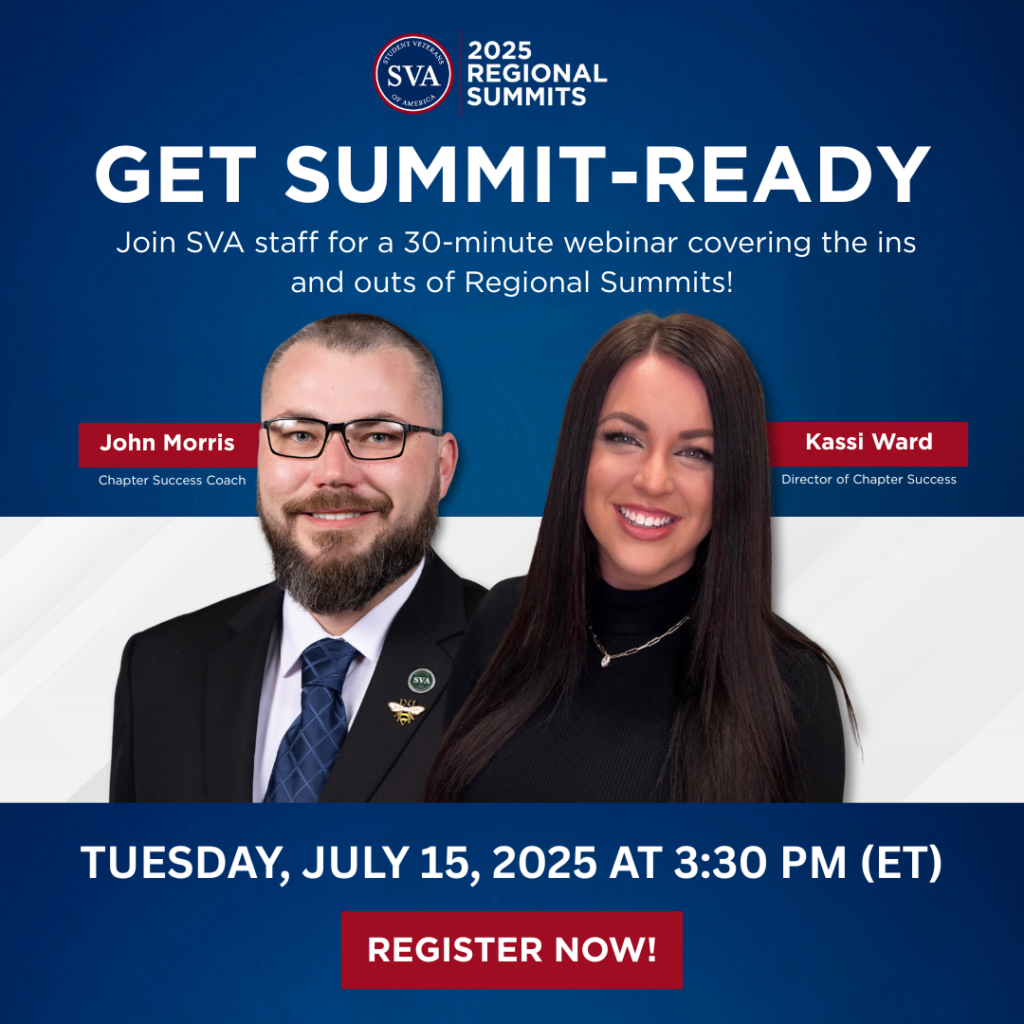Regional Summits
Regional Summits provide the tools, techniques, and tactics needed for student veterans to manage a successful and sustainable student organization.
Empower Your SVA Chapter at the 2025 SVA Regional Summits
The definitive experience for planning and building a world class Student Veterans of America® (SVA) Chapter.
This conference is recommended for all current chapter leaders, future chapter leaders, chapter members, and university faculty, staff, and administration involved in the chapter. The networking opportunities combined with the lessons delivered are sure to help our chapters become successful and sustainable for those who come after us.
Supercharge Your SVA Chapter in Six Steps
Whether starting a brand new chapter or building on an established one, Student Veterans of America’s Regional Summits offer a variety of sessions that guide chapter leaders to grow chapter success strategically and navigate the academic year with tools, techniques, and tactics ready for impact.

1. Define Your Chapter
Develop or strengthen your chapter’s mission statement and goals to create a strategic plan.
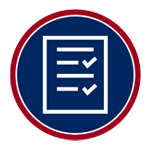
2. Enhance Your Chapter
Establish objectives and strategies that will help you achieve each goal.

3. Engage Your Chapter
Plan the framework for on-campus recruiting, event programming, and fundraising using your strategic plan.

4. Elevate Your Chapter Leadership
Acquire tools and techniques through operational and competency workshops.
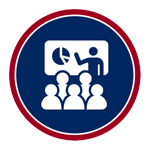
5. Connect & Empower Chapter Leaders
Connect, network, ask questions, and discuss issues in facilitated small groups.
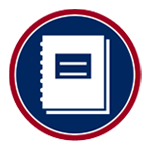
6. Execute Summit Lessons
Implement your strategic plans with support from our partners and your growing network for a successful and sustainable chapter.
Register for this no-cost program* by creating and logging into your MySVA portal account.
View the MySuccessHub tab to apply!
2025 Regional Summit Locations
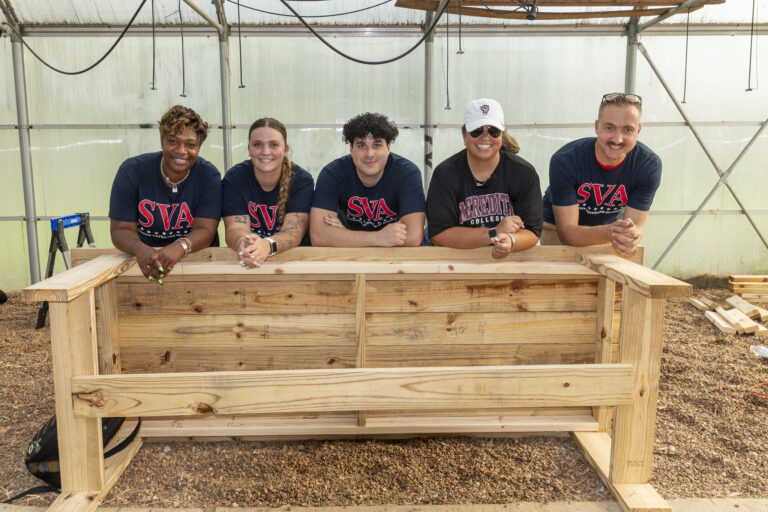
Build a World Class SVA Chapter
Sign up today in MySVA portal for the Regional Summit conference near you at no cost*!
*Student Veterans of America Regional Summit conference has no registration fee or cost to attend. All travel, lodging, and per diem expenses in connection with the conference shall be paid by the attendee.
Regional Summit Chapter Assistance
We understand the importance of your attendance and the value it holds for both personal and professional growth. To streamline your preparations and ensure a smooth journey, we have curated three essential documents to assist you in the process.
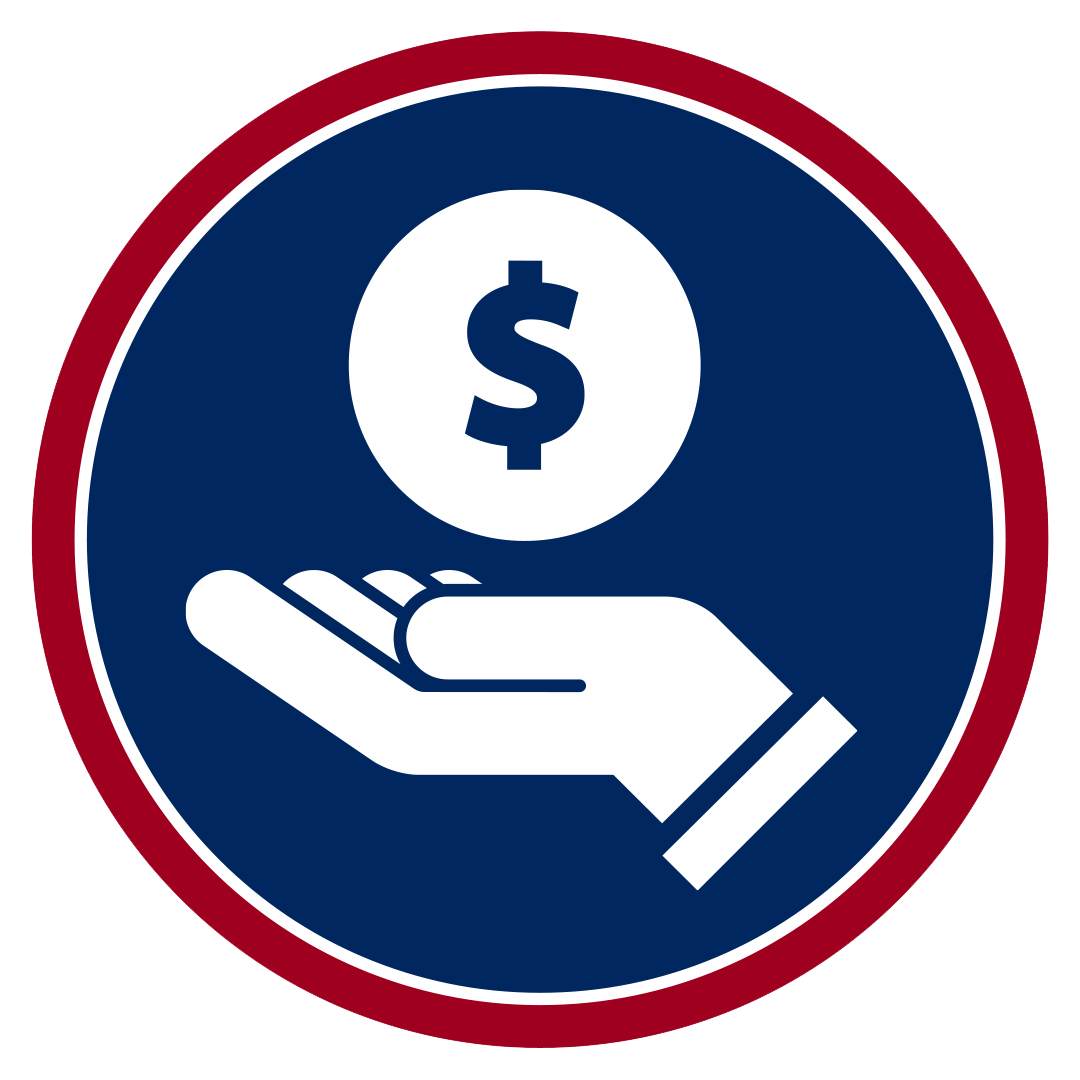
Funding Letter
This document contains the benefits of attending a Regional Summit for chapter leaders, members, and supporters, and has a portion where chapters can fill in their requested fund amount.

Excused Absence Letter
Chapter leaders are welcome to use this request for an excused absence letter in their proposals to their schools or community support organizations in their request for attending and/or funding.
Frequently Asked Questions
- Business casual attire is appropriate for Regional Summits. Pack clothes that make you feel comfortable and confident and know that we’ll be inside air-conditioned rooms for most of our time together. Don’t forget to throw in some workout or leisure clothes and close-toed shoes for the service project at your site, and since most of those activities will be outside, pack appropriately for the hot summer weather!
- Previous attendees will tell you that bringing business cards to hand out to new acquaintances, a personal water bottle for hydration, and something to take notes with/on are a good idea, but they’re not required.
